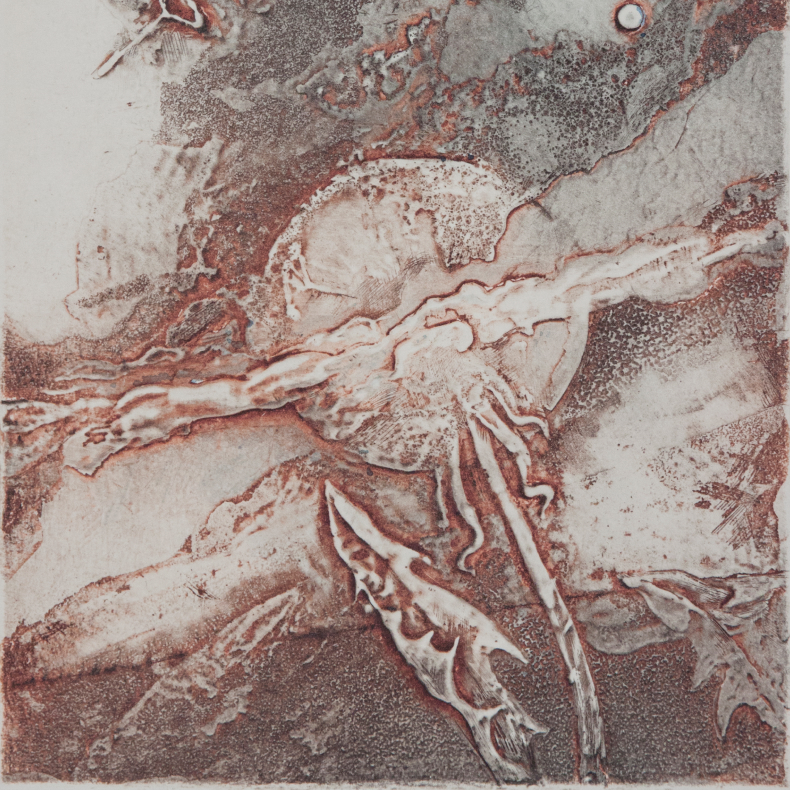To the day of cosmonautics
Engravings from the XVI-XX centuries
From the private collection of V. Belikov
What is impossible today
Will become possible tomorrow
E. Tsiolkovsky
Since ancient times, the inhabitants of the Earth have been looking for answers to their questions. They wondered how our planet is organised. And as they were looking up at the sky above their heads, they wondered what was beyond that blue dome filled with dots of light. The dream of leaving the Earth, the dream of flying and the desire to soar through the air like a bird have never left the men and can be found in ancient myths, legends and beliefs. For example, Daedalus and Icarus, who came together for this dream that was finally never realised, or the solar chariot of Phaeton that fell to Earth, or the Tower of Babel, which collapsed while trying to reach the sky…
The men have tried to unravel the mystery of the celestial scriptures. They attributed to the constellations of the zodiac the ability to influence events on Earth and gave them metaphysical properties. They were convinced that the constellations reflected the destiny and the character of a person according to his or her astral chart.
As time went by, men really tried to “reduce” the sky. In the beginning, the way to do this was obvious: build big wings, and by imitating the movement of birds, fly through the air. But in reality, it is not that simple. Many daring people have paid with their lives for this experience.
However, men have not stopped dreaming: hot-air balloons, airships, aeroplanes, planes, and finally rockets and spaceships. This is how far mankind has gone in less than a century.
Sixty years ago, on 12 April 1961, Soviet pilot Yuri Gagarin became the first man to travel into space. The predictions of the genius Tsiolkovsky came true: “Humanity will not remain on Earth forever, but will conquer light and space. It will first timidly go beyond the atmosphere and then conquer all solar space.”
The artists could not be simple spectators of the important stages of the conquest of the sky and the space. Greek myths and legends, the tragic pages of the history of the struggle for the sky, triumphs and defeats, romanticism and heroism, all of this is reflected in the works of the masters of the brush and the chisel.
The small exhibition of engravings from the XVI-XX centuries illustrates the important stages of the conquest of the sky and the space by men, from the ideas about space in the Middle Ages to the concrete scientific and technological achievements of recent decades: portraits of scientists and cosmonauts, space flights, celestial landscapes, metaphorical and whimsical subjects. An artist cannot help but dream!
Let us dive together, through these works, into this mysterious world, at the frontiers of the unexplored world, which MAN studies and discovers.
Vladimir Belikov, professor, doctor of technical sciences, academician of the Academy of Quality Problems (Russia) and academician and member of the Presidium of IAP (USA).
Amateur hobbies: bibliophilia, collection of literary and easel paintings.
Engravings from private collections (from the XV-XXI centuries) have been shown in 436 exhibitions in 56 countries in Europe, Asia, America and Africa. Information on these collections and exhibitions was published in art and bibliophilia publications (albums, books, catalogues, etc.), as well as in periodicals. More than 30 catalogues about these exhibitions have been published and can be found in some of the world’s largest museums, galleries and libraries. Many works from this collection have been donated to Russian museums and galleries.
In Russian and English



